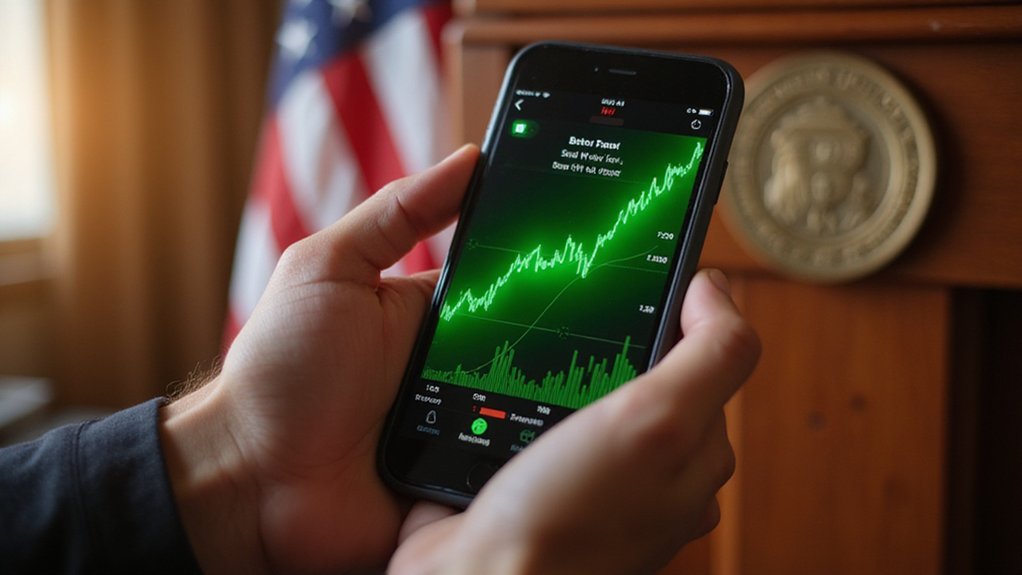While traditional banking executives once dismissed cryptocurrencies as speculative playthings for tech enthusiasts and libertarian dreamers, the emergence of stablecoins has quietly revolutionized their perspective on digital assets—transforming what was once viewed as regulatory kryptonite into a potentially lucrative operational upgrade.
The impending passage of federal stablecoin legislation, including the GENI Act’s framework for digital assets exceeding $10 billion market capitalization, has accelerated this institutional embrace. Banks now recognize that stablecoins offer something their legacy systems cannot: transaction settlement in seconds rather than hours, operational cost reductions approaching 70%, and programmable finance capabilities that make traditional payment rails appear antiquated.
The numbers speak volumes about this transformation. Stablecoin market capitalization exploded from $20 billion in 2020 to approximately $246 billion by mid-2025, with Tether’s USDT commanding roughly $150 billion of that total. More tellingly, over two-thirds of cryptocurrency trading volume now flows through stablecoins—a proof of their utility rather than speculation.
Main Street banks are discovering that stablecoins provide operational advantages previously confined to fintech fantasy: real-time collateral monitoring through tokenized reserves, automated compliance via blockchain-native KYC integration, and the ability to bypass SWIFT’s aging infrastructure for cross-border transactions. The irony is palpable—institutions that built their reputations on stability are now embracing digital tokens precisely because they promise to stabilize operations.
Regional and community banks, lacking the resources to develop proprietary blockchain infrastructure, are accessing this ecosystem through partnerships with established fintech firms like Fiserv. These collaborative ventures democratize stablecoin capabilities, allowing smaller institutions to compete with larger rivals without massive technological investments. The regulatory clarity provided by these acts is expected to create bipartisan support for an expanding digital asset ecosystem.
The regulatory landscape under the Trump administration has further legitimized stablecoin adoption, with the STABLE Act’s state-federal alignment approach providing clarity that banks desperately sought. Industry observers anticipate this legislative framework could expand stablecoin supply nearly tenfold, creating a feedback loop of institutional adoption. Unlike the high volatility of popular cryptocurrencies like Bitcoin and Ethereum, stablecoins are designed to maintain stable value by pegging to external references like the U.S. dollar. The evolution toward these money-like products fundamentally challenges traditional banking models as institutions navigate unprecedented digital transformation.
Perhaps most notably, 83% of stablecoins remain pegged to the U.S. dollar, inadvertently reinforcing American monetary dominance in an increasingly digital global economy. Banks, it seems, have found their bridge between traditional finance and the blockchain future—one that strengthens rather than undermines existing power structures.









